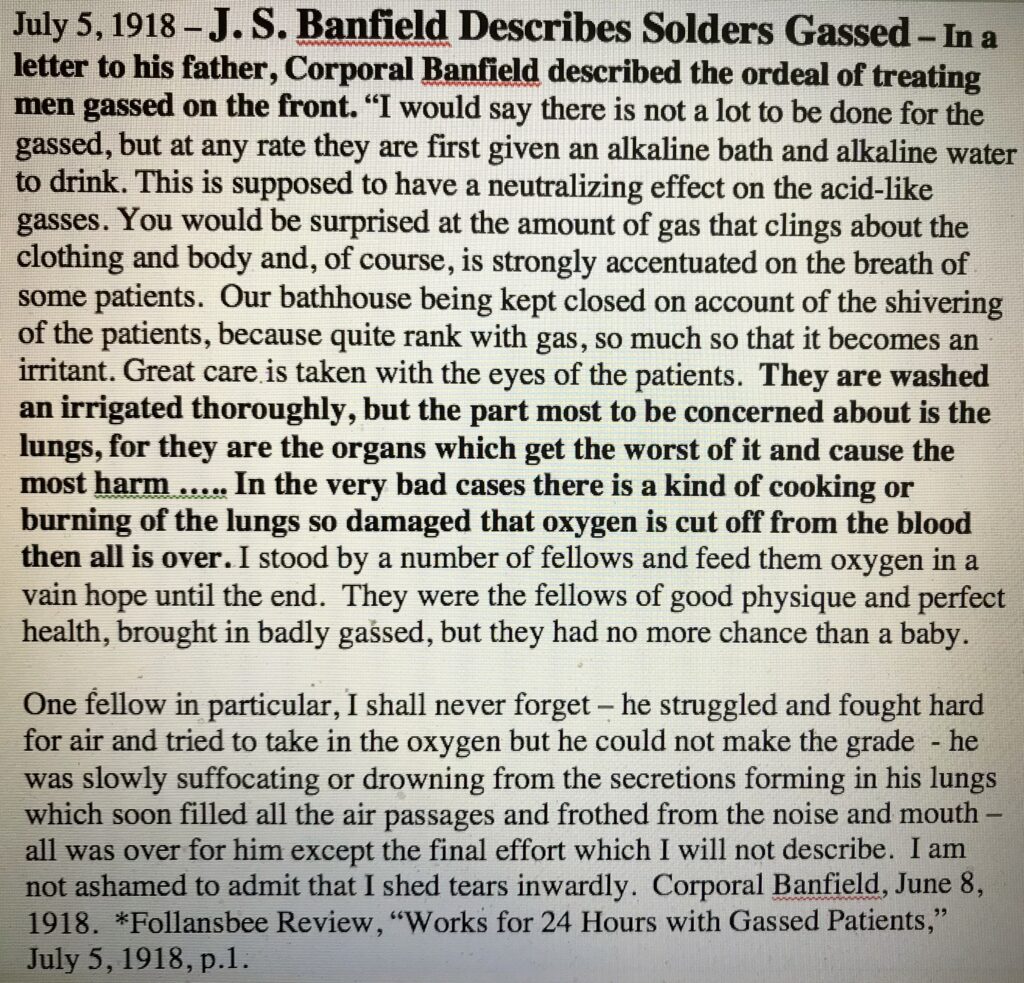A meeting was held at the High School building on Alleghany street in Follansbee to discuss the Federal/State plan to consolidate the nations rural schools. The final age had come for one-room schools in the Cross Creek District. The small schools had long served as a center for the rural communities, a place where social groups met and local civic events occurred. Folks identified the schools as the location where they lived, like Rockdale, Tent Church and Louise. The teachers were often former students of the school themselves. They would arrive early during winter and get a fire started in the old potbelly stove. A single teacher taught academic studies to all grades. Twenty segregated rural schools were active in the Cross Creek District, three served colored residence.
An informal survey of the various communities suggested that a majority of folks favored consolidation. The one big concern was the bad roads, making it difficult to transport the pupils by wagon or autobus. Others who opposed the plan did so principally because they were not familiar with graded schools, being themselves educated by one teacher for all grades. The new plan called for a teacher for every grade in bigger schools.
Next to Follansbee, Colliers was the second largest community in the Cross Creek District. Elza Scott, principal of the Collier’s school, was one of the key speakers. He noted that Collier’s citizens were in favor of consolidating schools provided Colliers was given one of the schools. Mr. Scott instructed the 7th and 8th grades and the first year of high school. At Colliers, “The advanced high school pupils were sent to the Steubenville high school, traveling back and forth by train.” The new State plan called for transporting all high school pupils to a new school building to be constructed in Follansbee.
In regard to the new high school, L. L. Friend, State Supervisor of High Schools, impressed on the people that the new consolidated high school would be called “Cross Creek District High School.” He added that folks should “get away from the idea of Follansbee High School.” Friend also stressed that there should be no stopping place short of the fourth year in the high school. In other words, students should attend school continuous from 8th grade into the high school grades without interruption. Attendance was compulsory for children between 7 and 14 in accordance with the child labor law. Children between 14 and 16 were also required to attend school if not working at a regular occupation at least 6 hours a day. If working, they were required to attend night school at least 20 weeks in a school year. Special provisions were made for children who must help on the farms. See 1916 – The Child Labor Law.
The State consolidation plan called for abandoning about ten of the district’s rural schools, and transporting the lower grades to schools in Colliers and Follansbee. The pupils of Morton school and schools in the coal mining areas near Colliers would be taken to a new school building in Colliers.
The Good Will and Tent Church schools, except those living conveniently near Colliers, would be brought to Follansbee’s Jefferson School. The rural schools of the Cross Creek valley – Louise, Rockdale, Cliftonville, Scott’s Run, Ebenezer and Fairy Glen – would be bussed to Mahan School in lower Follansbee.
Among those preset at the district meeting were state and district educators. The rural schools were represented by George Pfister – Rockdale, Mr. Patterson – Good Will, C.G. Reeves – Hope Farm, Mr. Amspoker – Scotts Run, T. B. Downey – Ebenezer, Mrs. Williamson – Morton, and Mr. Campbell – Fairy Glen.
While the consolidation plan began with the construction of Cross Creek District High School at Follansbee 1922, some one room schools continued to operate into the 1930s.
- Follansbee Review, “Consolidation of District Schools,” March 14, 1919, p 1.
- Follansbee Review, “Consolidate School by Federal & State Aid…” March 28, 1919, p 1.
- See Also online, “Biennial Report of the State Superintendent of Free Schools of W.Va. for the Year Ending June 30, 1920, p. 157.


